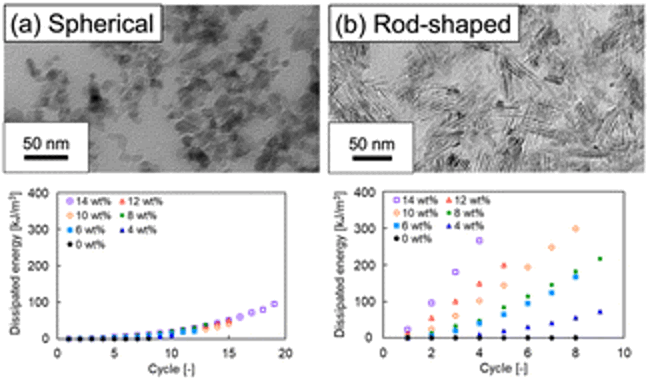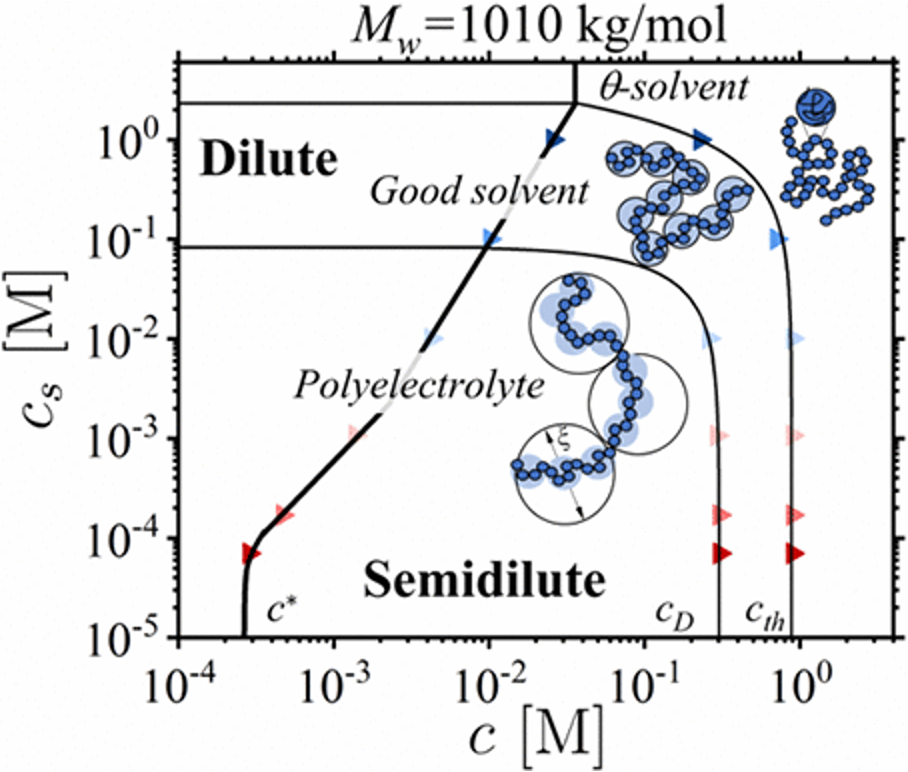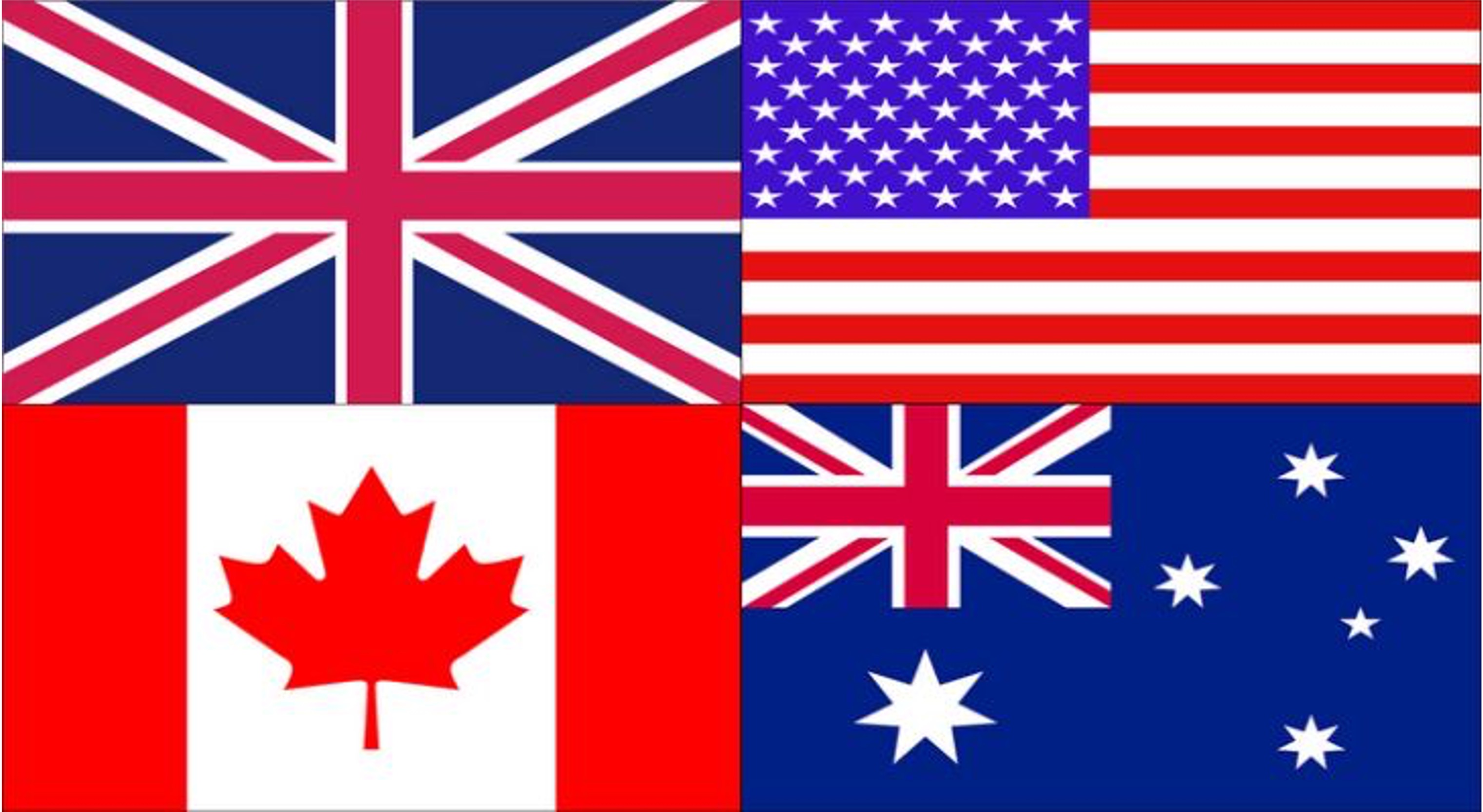Welcome to our group website. We study the structure and dynamics of polymers in solutions and in networks using small angle scattering and rheological techniques. We focus on ion-containing polymers, especially polyelectrolytes and ionomers.
 Dilute polyelectrolyte solutions: recent progress and open questions (Soft Matter, 2024)
Dilute polyelectrolyte solutions: recent progress and open questions (Soft Matter, 2024)
Carlos G. Lopez, Atsushi Matsumoto and Amy Q. Shen
Polyelectrolytes are polymers bearing ionic groups along their backbone. In polar media, counterions dissociate, and the chains experience electrostatic repulsion between like-charged segments. Despite their importance in biological systems (DNA, RNA, or hyaluronan are polyelectrolytes) and their wide presence in formulated products, our understanding of polyelectrolytes remains relatively thin. This article presents a survey of the last 80 years of polyelectrolyte research and discusses current problems in polyelectrolyte physics.
In solutions of low ionic stregths, polyelectrolytes adopt highly stretched rod-like conformations. As salt is added electrostatic interactions are preogressivelys creened and their behaviour becomes more like that of neutral polymers. Scaling laws for the radius of gyration, diffusion coefficient, intrinsic viscosity and second virial coefficient with molar mass and added salt concentration are established and experimental data are compared with theoretical predictions. Scaling models can capture many of the observed experimental trends, but important disagreements are also observed. Key questions that are not well understood include 1) the rod-to-flexible transition that occurs when salt is added to a polyelectrolyte solution 2) the scaling of chain rigidity and excluded volume with solvent ionic strength 3) the transition between polyelectrolyte to ionomer regimes, and more broadly the role of dipolar forces in the solution behaviour of polyelectrolytes 4) how the fraction of condensed counterions depends on the solvent ionic strnegth and dielectric constant 5) whether underscreening occurs in concentrated electrolyte solutions.
 Controlled mechanical properties of poly(ionic liquid)-based hydrophobic ion gels by the introduction of alumina nanoparticles with different shapes (Soft Matter, 2024)
Controlled mechanical properties of poly(ionic liquid)-based hydrophobic ion gels by the introduction of alumina nanoparticles with different shapes (Soft Matter, 2024)
Yuna Mizutani, Takaichi Watanabe, Carlos G. Lopez and Tsutomu Ono
Ionic-liquid gels, or ion gels, are known for high ionic conductivity and CO2 absorption but face challenges in low mechanical strength. This study explores improving their practical applications by incorporating particles (silica, TiO2, and MOFs) into ion gels. Specifically, it investigates the impact of particle shape on mechanical properties using alumina/poly(ionic liquid) double-network ion gels with clustered alumina nanoparticles of different shapes. Results show enhanced mechanical strength in rod-shaped alumina/poly(ionic liquid) double-network ion gels compared to spherical ones. Cyclic tensile tests reveal energy dissipation through alumina network fracture, and TEM observation suggests that varying mechanical strength with particle shape is linked to differences in alumina particle aggregation structure, indicating the potential to tune ion gel strength by altering both particle type and shape.
 Salt Effect on the Viscosity of Semidilute Polyelectrolyte Solutions: Sodium Polystyrenesulfonate (Macromolecules, 2023)
Salt Effect on the Viscosity of Semidilute Polyelectrolyte Solutions: Sodium Polystyrenesulfonate (Macromolecules, 2023)
Anish Gulati, Michael Jacobs, Carlos G. Lopez, and Andrey V. Dobrynin
In this study, we investigated the viscosity of semi-dilute solutions of sodium polystyrenesulfonate in water, considering the amounts of polymer and salt present. To quantify viscosity, we used a scaling relationship based on the correlation length of the solution and the number of monomers in a given volume. The B-parameter, with specific values Bpe, Bg, and Bth, was determined based on factors like the fraction of charged monomers, the quality of the solvent, the length of polymer chains, and the interactions between monomers and the solvent.
These B-parameter values were obtained from the plateaus in the normalized specific viscosity as a function of monomer concentration. Extending this analysis to the entangled solution regime helped us determine the packing number of a chain of correlation blobs (P̃e), completing a set of parameters {Bpe, Bg, Bth, P̃e} that uniquely describe static and dynamic properties of polyelectrolyte solutions. This information was then used to create a diagram of states, calculate the fraction of free counterions, evaluate the energy of electrostatic blobs, and establish a concentration at which the solution transitions to the entangled regime.
 Dilute polyelectrolyte solutions: recent progress and open questions (Soft Matter, 2024)
Dilute polyelectrolyte solutions: recent progress and open questions (Soft Matter, 2024)



